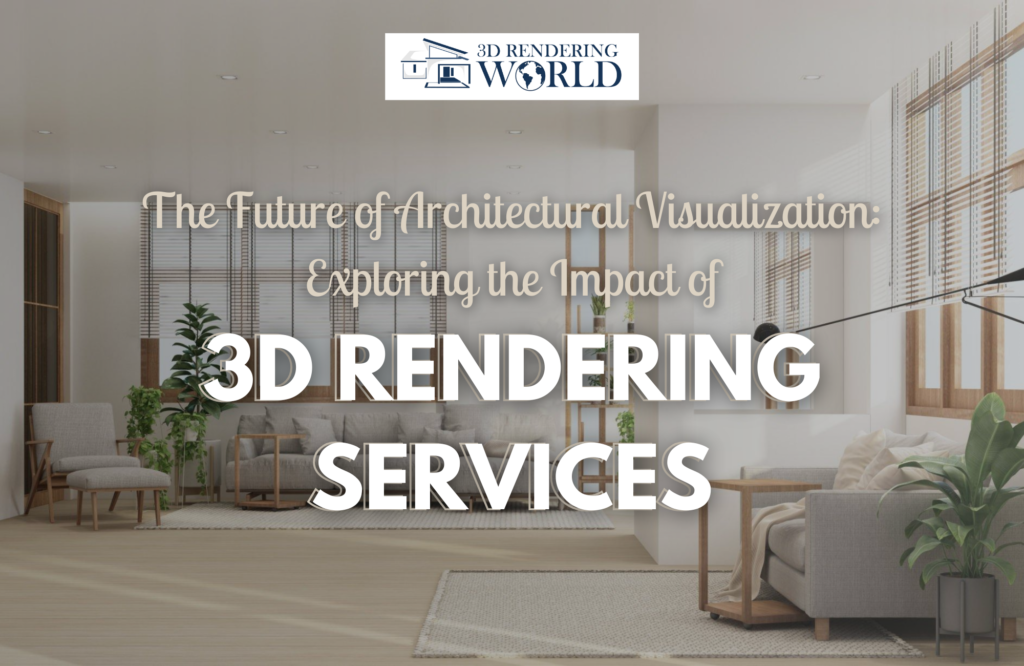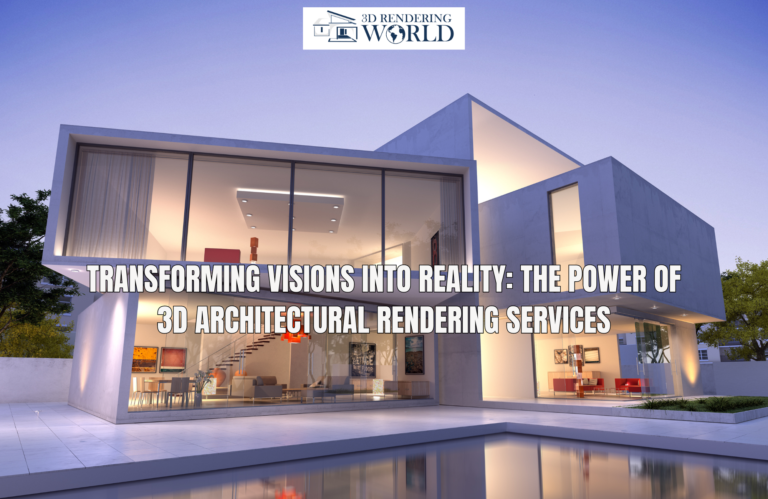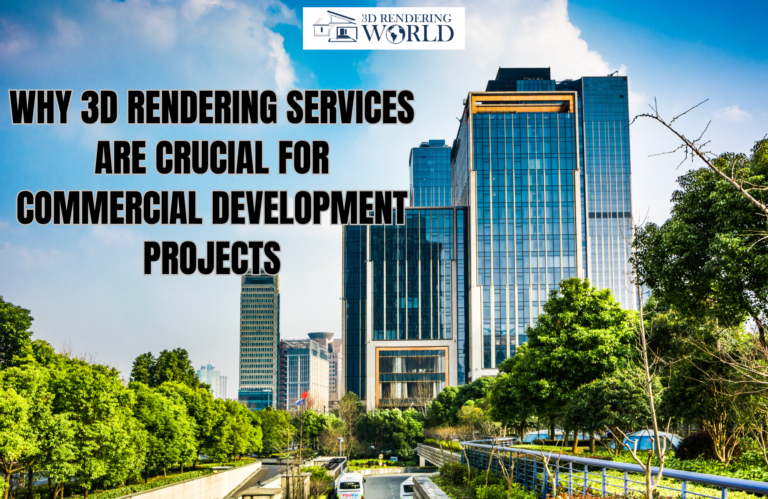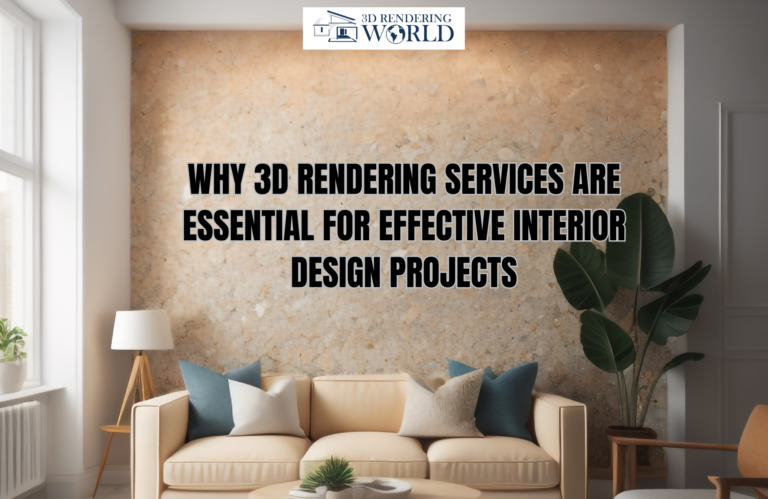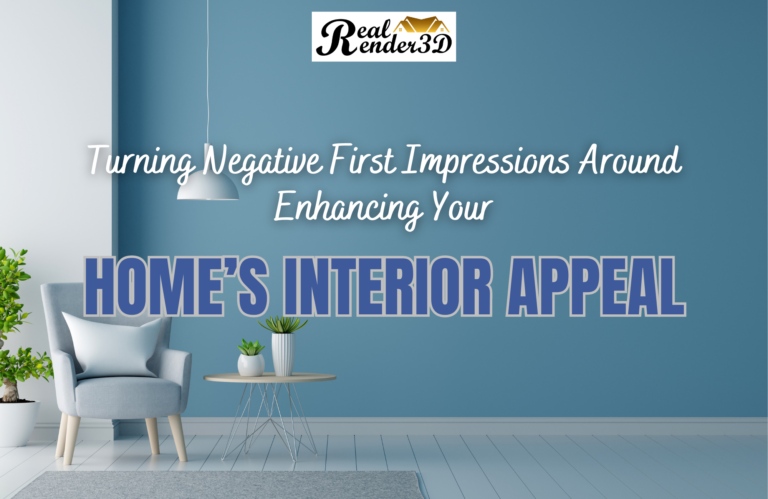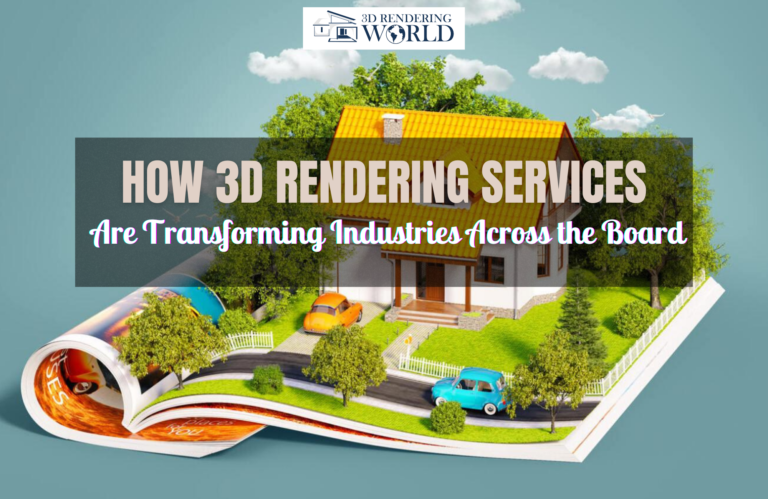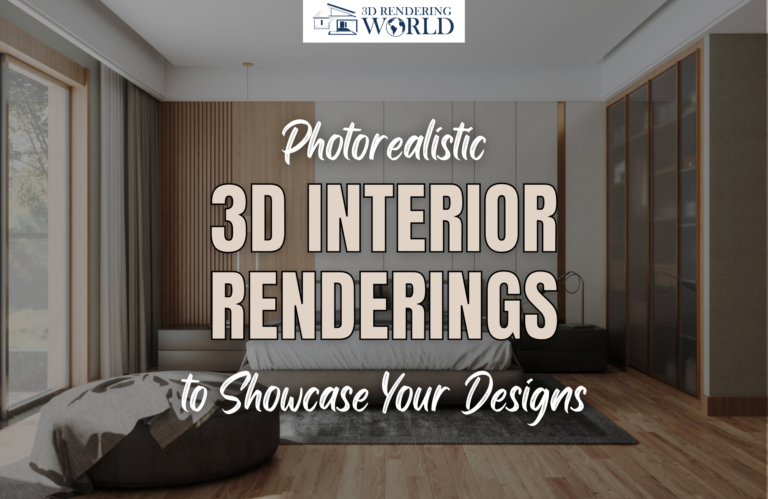Leveraging Technology for Design Concepts
Architectural visualization services that utilize 3D rendering are becoming invaluable for bringing design concepts to life. The future points to more expansive use of technologies like virtual reality (VR), augmented reality (AR), and artificial intelligence (AI) to create striking visual materials.
Enhancing Client Presentations
Professional 3D renders allow architects and designers to vividly demonstrate vision in client presentations. The future will see tighter integration of these services early in the design process to enable better communication. As technology improves, clients will be able to better understand the finished product.
Overcoming Geographic Limitations
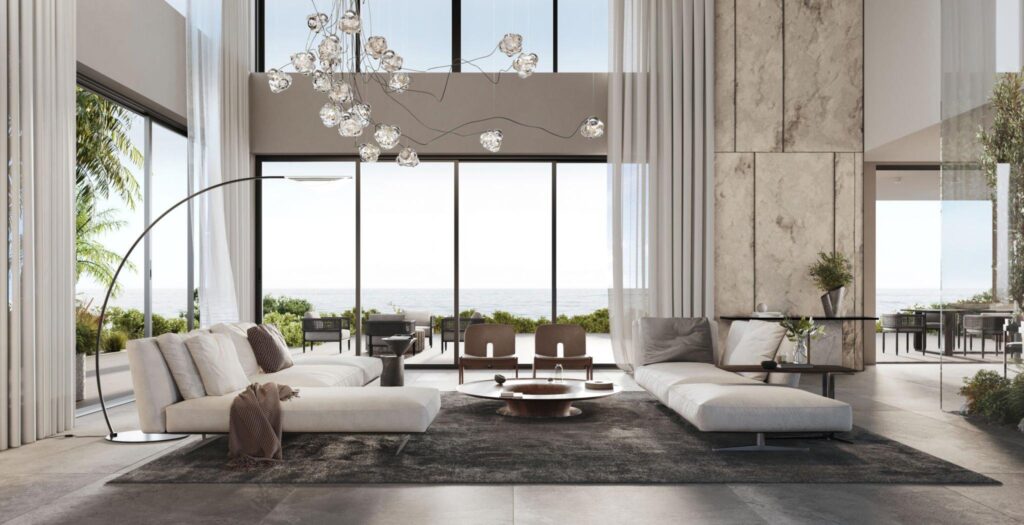
As 3D rendering services utilize cloud-based solutions, teams across multiple geographic locations can collaborate more seamlessly. This allows small firms to tap into renderer expertise globally and level the playing field. Future advancements in cloud technology will continue improving accessibility.
Optimizing Design Iterations
Using 3D rendering services early when iterating architectural designs allows for rapid visualization of adjustments. It overcomes the limitations of static 2D drawings. Cloud-based services will enable even faster iterations by connecting modeling, exterior rendering and design teams.
Enhancing Accuracy
High quality 3D renders can accurately communicate small but important design details to clients, whereas 2D drawings may lack precision. As renderer technology improves in terms of graphics and physics engines, architectural visualizations will become near photo-realistic.
Automating Repetitive Tasks
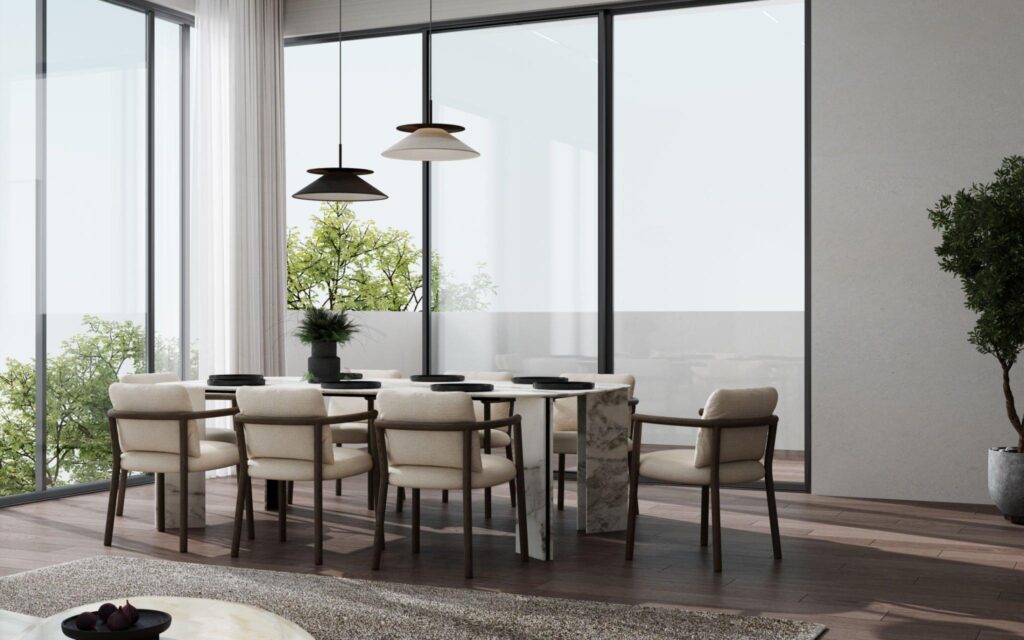
AI and machine learning have great potential to automate 3D modeling and repetitive rendering tasks. This will allow studios to focus their human talent on creative, qualitative aspects. The future may see fully automated rendering pipelines.
Personalizing Design Visuals
Architectural renderings help clients visualize spaces from a personal perspective. As VR house tours and AR technologies improve and become mainstream, clients will be able to view designs as if physically standing inside the space. This brings designs to life at a whole new level.
Lowering Production Costs
Wider adoption of interior rendering software, cloud-based solutions, automation, and offshoring to global talent will notably lower production costs. Small firms will be able to access impressive visual materials more affordably by utilizing 3D services.
Supporting Sustainable Building Efforts

High fidelity 3D rendered models can help architects and engineers perform simulations to optimize sustainable aspects like solar exposure, drainage solutions and heat maps. Future generations of architects may perform most optimizations digitally first before building.
Exploring Limitations through Conceptual Rendering
Forward-thinking architectural firms are already utilizing creative conceptual renders not only to demonstrate design vision, but explore spatial, functional and aesthetic limitations. As technologies progress, more avant-garde concepts will emerge natively in rendered formats.
Conveying Emotion and Experience
3D architectural visualization will move beyond clinical presentations of designs. Leading services aim to infuse emotion, life and drama into rendered images through lighting, camera angles and post-production. This helps clients connect with spaces at a more experiential, evocative level that is difficult via 2D drawings or schematics alone.
Conclusion
The future of 3D visualization services points clearly toward more mainstream integration of cutting edge technologies like VR, AR and AI to bring design concepts to life at every stage of the architectural process. Small and large firms worldwide will be able to tap into tech-enabled visualization services through cloud platforms and facilitate global collaboration that lowers production costs. Most importantly, clients will gain the power to understand spaces at a much deeper experiential level before construction even begins.
Frequently Asked Questions
3D rendered designs allow architects to vividly demonstrate their vision and help clients better understand the finished product during presentations. As rendering technology advances, the visuals will become even more realistic and immersive.
Cloud-based 3D rendering solutions allow small firms to tap into visualization expertise from partners globally, overcoming geographic limitations. Teams across multiple locations can collaborate seamlessly on projects in the cloud.
There is great potential for AI and ML to automate repetitive 3D modeling and rendering tasks, allowing studios to focus talent on creative aspects. Fully automated rendering pipelines may emerge as the technologies improve.
VR allows clients to visually walk through rendered designs as if physically standing inside the planned spaces, bringing an experiential element at an early stage that static drawings cannot provide.
Creative conceptual renders allow firms to not only demonstrate design vision, but also explore spatial, functional and aesthetic limitations. More avant-garde concepts can emerge natively in rendered formats.
High fidelity rendered models help architects perform digital simulations to optimize sustainable factors like solar exposure, drainage and heat maps prior to construction.
Wider software adoption, cloud-based solutions, automation and global talent sourcing are lowering production costs substantially already. Services will become more affordable over time, especially for smaller firms.
Leading services can infuse rendered images with emotion, drama and life through lighting, camera work and post-production rather than just clinically presenting the design. This helps clients connect with spaces experientially.

